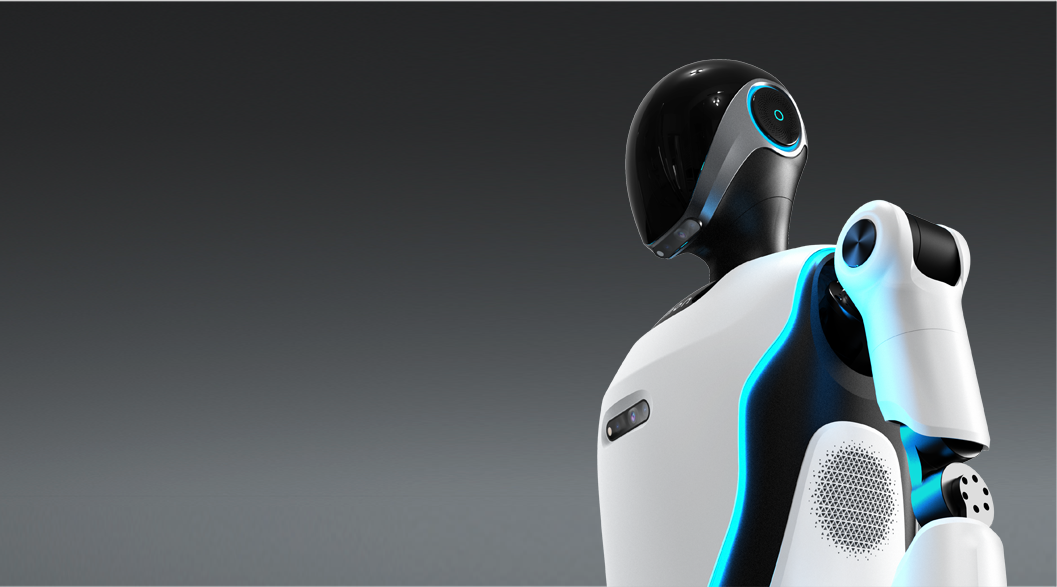The quest to build the most advanced humanoid robot often focuses on walking and human-like appearance. However, true advancement lies in a robot’s ability to interact with and manipulate its environment with human-like dexterity and understanding. This requires a sophisticated integration of perception, intelligence, and action, moving beyond mere locomotion to genuine physical intelligence.
The Critical Role of Touch in Dexterous Manipulation
For any robot, especially a humanoid one, the hand is its primary tool for interaction. While advanced cameras provide vision, they cannot see what is occluded or sense properties like texture, pressure, and temperature. This is where tactile sensing becomes indispensable. High-resolution tactile sensors act as a robot’s synthetic skin, providing rich data about contact forces, slip detection, and material properties. This feedback is crucial for handling fragile objects, using tools, or performing complex tasks like knot-tying. Without a sophisticated sense of touch, a robot’s manipulation skills remain clumsy and limited, unable to operate reliably in unstructured human environments.
Daimon’s Vision-Tactile-Language-Action (VTLA) Model
Daimon Robotics is pioneering a holistic approach to robotic manipulation by building integrated systems that close the loop from perception to action. Our focus is on developing high-resolution multimodal tactile sensing systems and advanced dexterous hand solutions. The core of our innovation is the Vision-Tactile-Language-Action (VTLA) model. This system does not rely on a single data source. Instead, it combines visual input (what the robot sees), tactile feedback (what its “skin” feels), and language instructions (what it is asked to do) to predict and execute precise robotic actions. This multimodal approach allows a robot to reason about its tasks. For example, it can understand the command “gently pick up the ripe tomato,” using vision to locate it and tactile feedback to adjust its grip force without causing damage, thereby enhancing reasoning and generalization in complex, real-world scenarios.
Conclusion
The most advanced robot humanoid will not be the one that walks the fastest, but the one that can seamlessly work alongside humans, performing delicate and complex manual tasks. True embodied intelligence requires a deep fusion of AI with physical hardware, where touch is as important as sight. Daimon is driving this evolution by focusing on tactile sensing and dexterous manipulation. Our mission is to unlock this revolutionary potential, transforming industries from intelligent manufacturing to laboratory automation and ultimately enhancing how we work and live.
